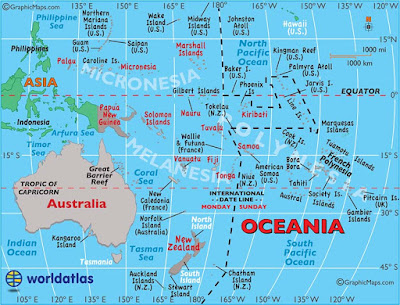Giant Huntsman Spider...

The giant huntsman spider is a species of huntsman spider a family of large, fast spiders that actively hunt down prey . It is considered the world's largest spider by leg span, which can reach up to 1 foot (30 centimeters). The coloration is yellowish-brown with several irregularly distributed dark spots on the rear half. The legs have wide dark bands before the first bend. Like all huntsman spiders, the legs of the giant huntsman spider are long compared to the body, and twist forward in a crab-like fashion. The giant huntsman spider is the largest member of the family Sparassidae, boasting a 30 centimeters (12 inches) leg-span, and 4.6 centimeters (1.8 inches) body-length. The largest known member of the Sparassidae known prior to the discovery of H. maxima was the Australian Beregama aurea (L. Koch, 1875) with a body length of about 4 centimeters (1.6 inches). ...








